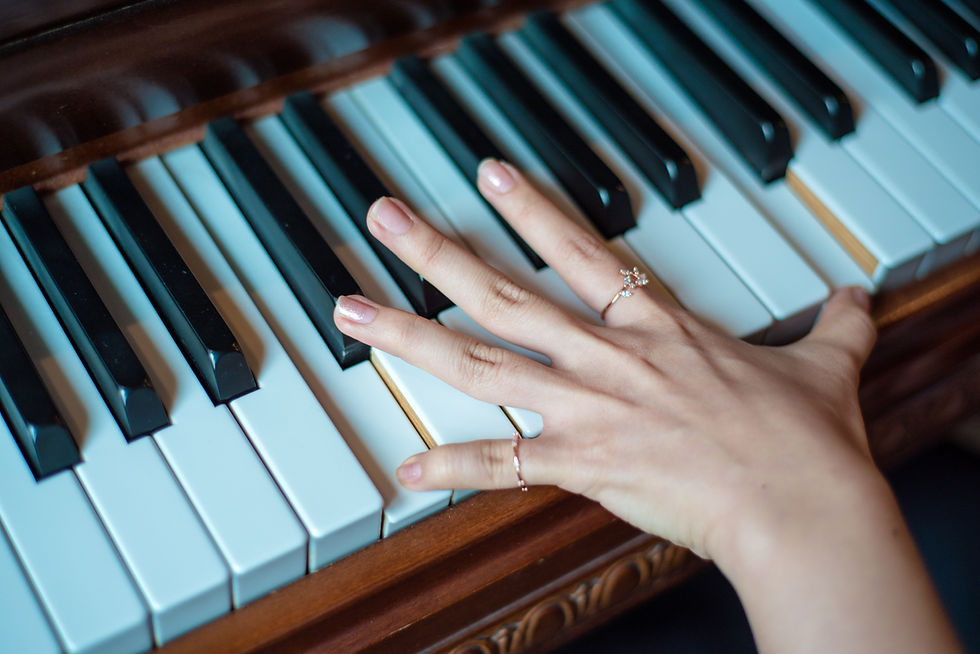The Musical Pianist
- Amy Taylor
- Apr 7, 2018
- 2 min read
Updated: Oct 3, 2021

The early stages of musical development are the ripest for cultivating a musical pianist. Young students especially need to experience rhythm by doing. This involves movement, conducting, and listening etc.
Singing is a key component because it engages the mind to follow the melodic line and the pianist becomes a musician from the inside out, not a mere technician who is looking at dots on a page and pressing piano keys. Singing can become a natural part of a student's experience. I often teach a song by rote, singing it first in small phrases, and having the student copy back. Afterwards, we play the song on the piano - singing the whole time. If you teach an early pianist to sing and play at the same time on very simple music, it will become second nature and they will have developed a skill they can use later on as a singer/pianist.
Dancing is one of the most primal ways human beings have of connecting with music. Movement to music allows us to feel it throughout our entire bodies and that movement can be translated to the piano in the way a student touches the keys and the level of intensity in which they play. Through dancing a student can develop an intuitive sense of timing, phrasing and musical line. These things then translate into the student's playing.
Listening to music is often overlooked by many trained pianists. Just because a pianist can read music does not mean that they are able to understand the piece in it's fullness. Listening to a variety of performers gives a student a broad range of interpretation options - thus enhancing their own sense of creativity as they bring their own skill set to the keys.



Comments